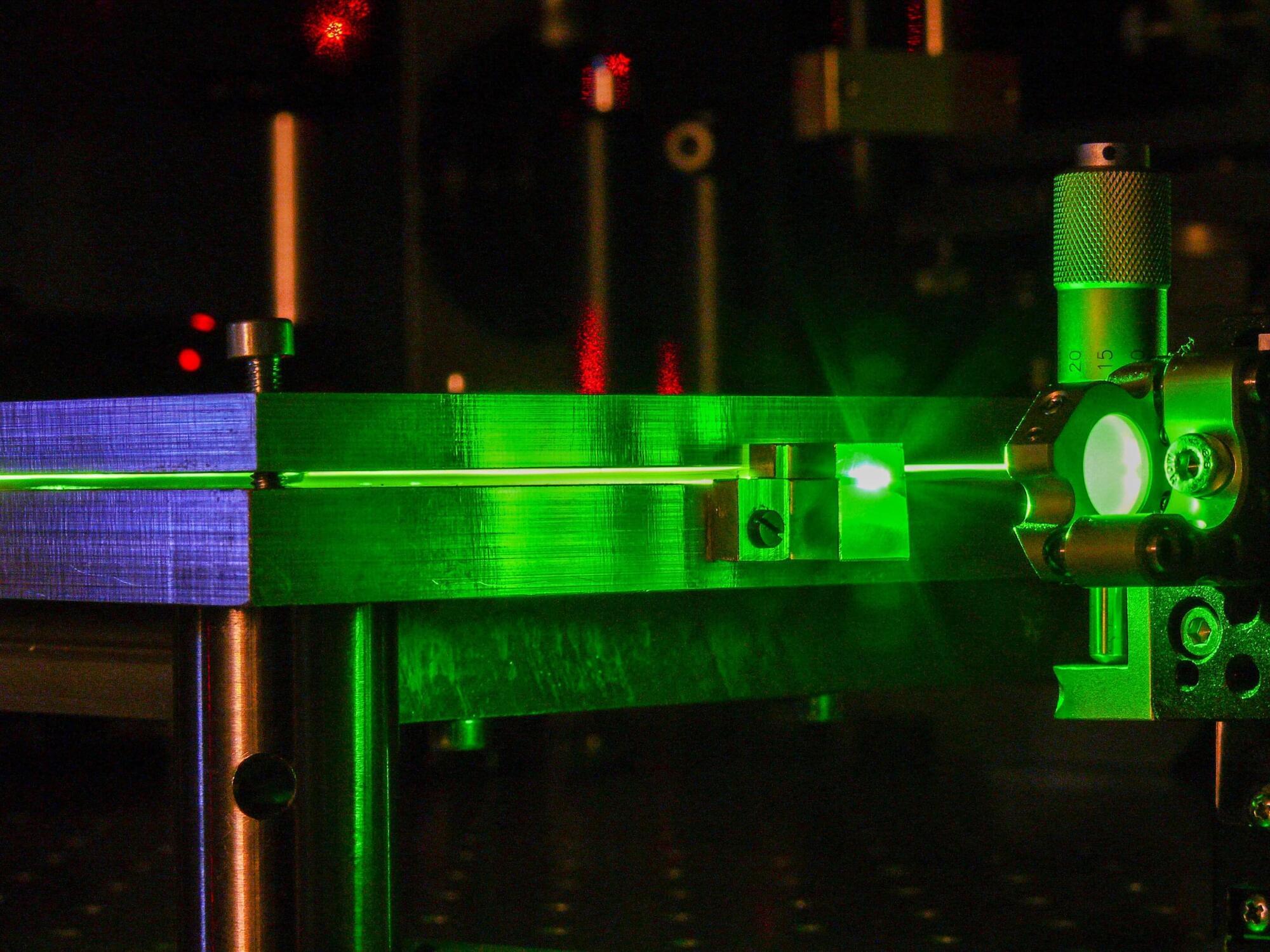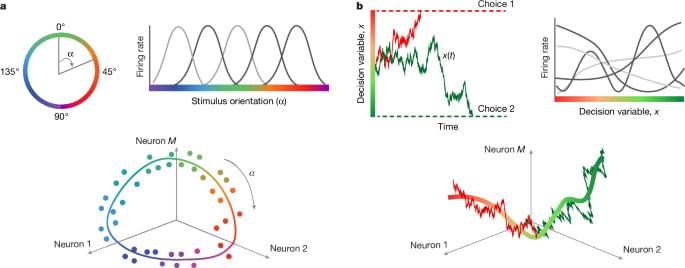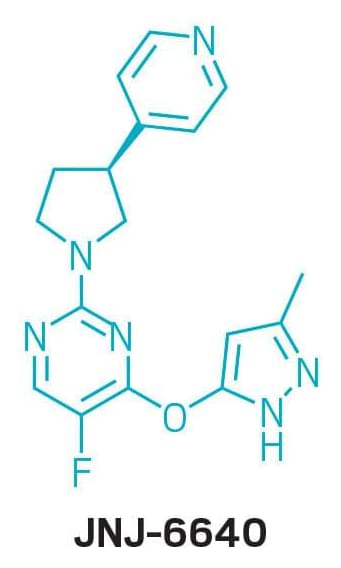The Mamyshev oscillator (MO) is a type of fiber laser capable of producing high-energy laser pulses at a tunable repetition rate. It is a mode-locked laser which uses light traveling within a closed-loop cavity to produce laser emission. Harmonic mode-locking (HML) is an advanced form of mode-locking process where multiple laser pulses are produced within one round trip of light. MOs employing HML are used for several advanced applications such as optical communication, frequency metrology, and micromachining.









